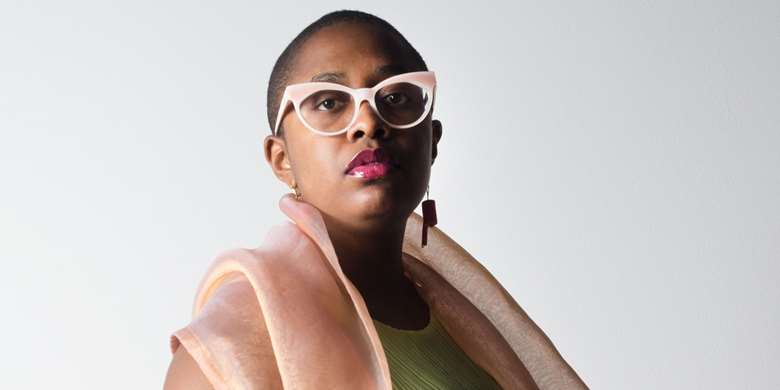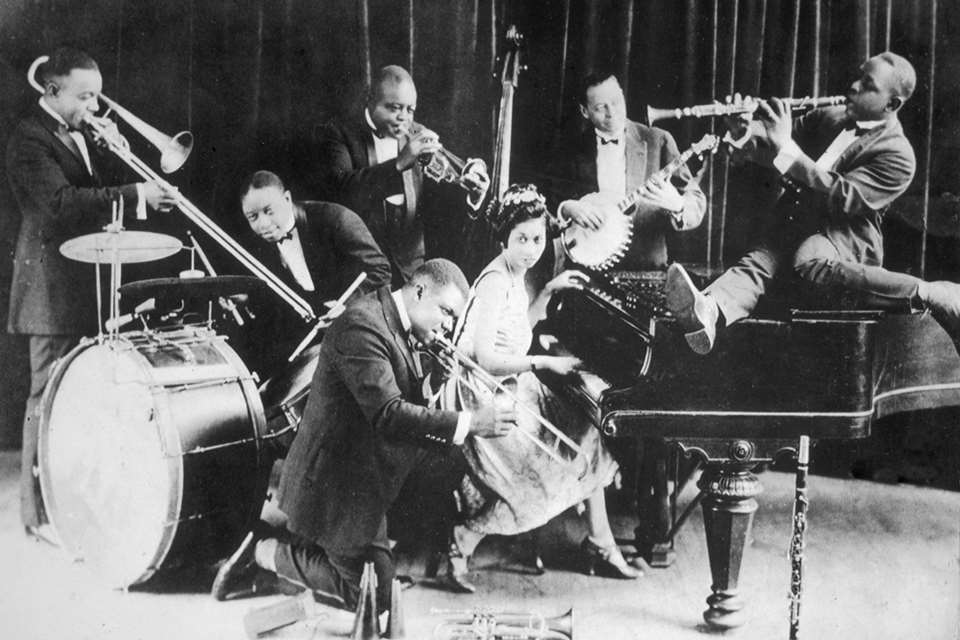Cécile McLorin Salvant interview: “I’m just really fascinated with visual art. It’s something that I connect with on a really deep level”
Kevin Le Gendre
Sunday, March 8, 2020
Cécile McLorin Salvant exudes a poise and maturity beyond her tender years – wrapping her virtuosity in a worldly-wise wit and wry, sometimes, dark humour. It’s an approach that has seen her win the 2010 Thelonious Monk competition and take home Grammy Awards for 2016’s For One To Love and 2014’s WomanChild albums. Kevin Le Gendre spoke to her about how her painterly passions and the visceral live energy of the hallowed Village Vanguard...


Register now to continue reading

Thank you for visiting Jazzwise.co.uk. Sign up for a free account today to enjoy the following benefits:
- Free access to 3 subscriber-only articles per month
- Unlimited access to our news, live reviews and artist pages
- Free email newsletter

